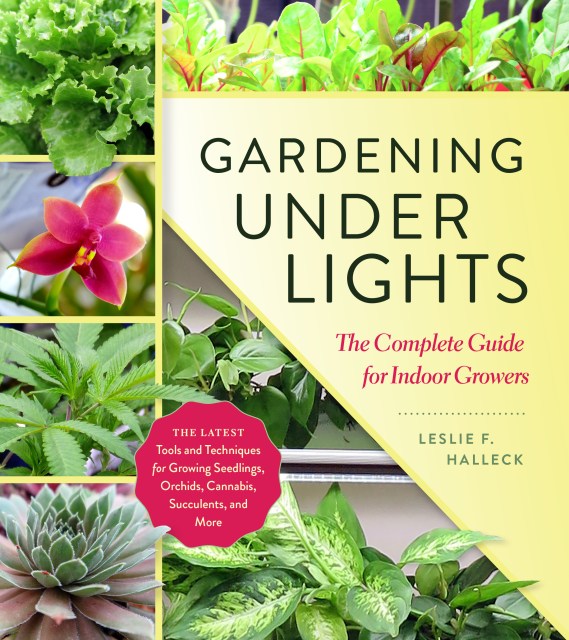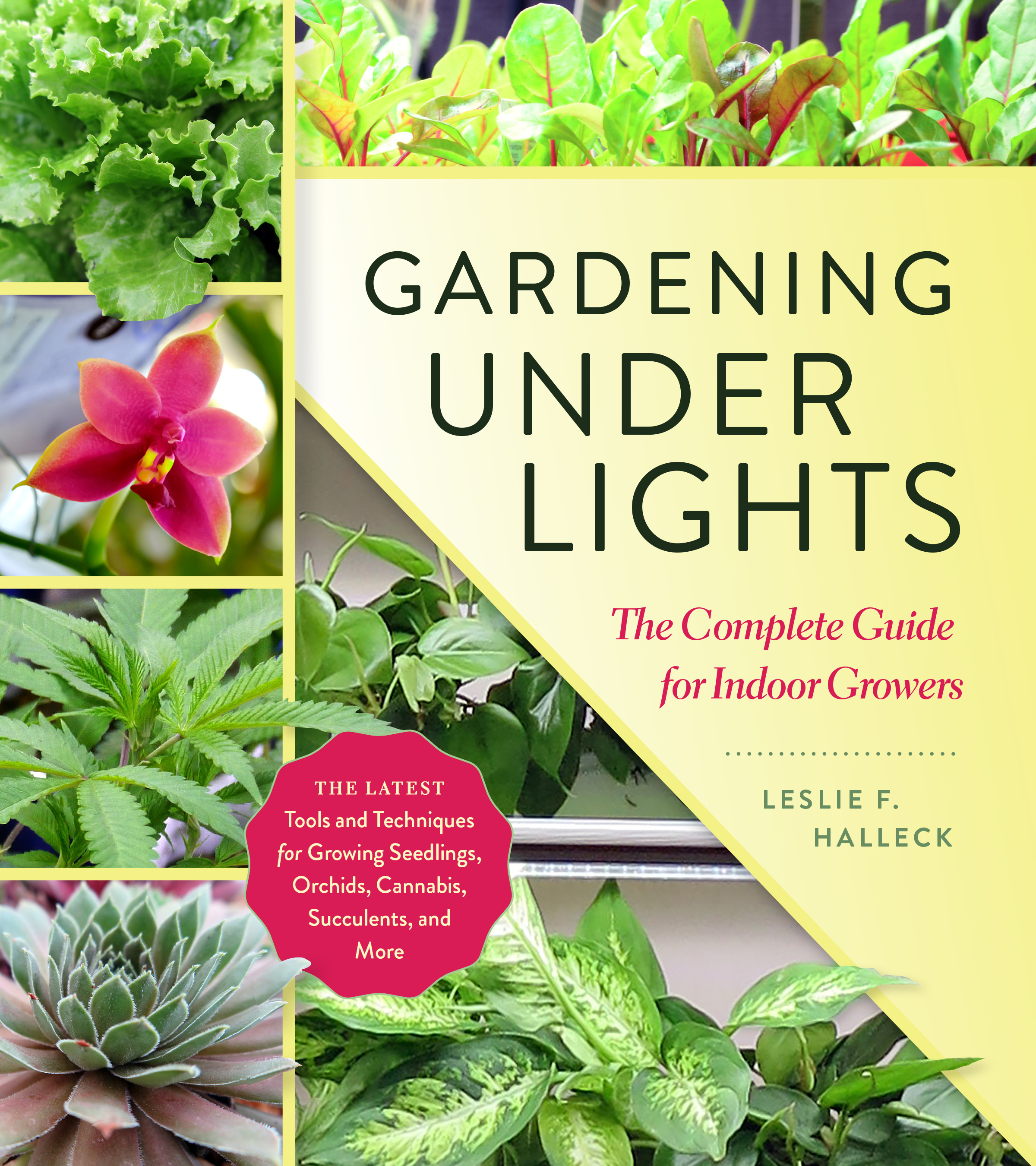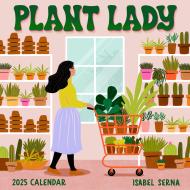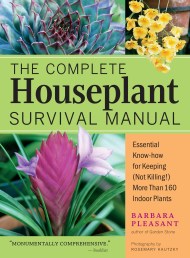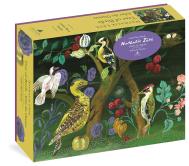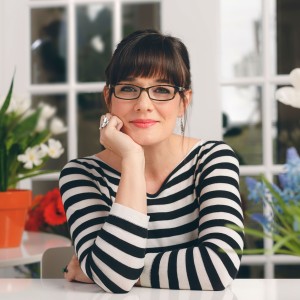Promotion
Use code FALL24 for 20% off sitewide!
Gardening Under Lights
The Complete Guide for Indoor Growers
Contributors
Formats and Prices
Price
$14.99Price
$19.99 CADFormat
Format:
- ebook $14.99 $19.99 CAD
- Hardcover $29.95 $37.95 CAD
This item is a preorder. Your payment method will be charged immediately, and the product is expected to ship on or around July 10, 2018. This date is subject to change due to shipping delays beyond our control.
Also available from:
Gardening Under Lights is a highly-detailed, accessible guide for seed starters, plant collectors, houseplant fans, and anyone who wants to successfully garden indoors any time of the year. You’ll learn the basics of photosynthesis, the science of light, how to accurately measure how much light a plant needs, and details about the most up-to-date tools and gear available. Also included are tips and techniques for helping ornamental plants (like orchids, succulents, bonsai, and more) and edible plants (arugula, cannabis, oregano, tomatoes, and more) thrive indoors. Whether you are a vegetable gardener who wants to extend the growing season, a balcony gardener short on outdoor space, or a specialty plant collector, Gardening Under Lights is a must-have.
-
“This scientifically grounded yet accessible book is an essential guide to just about anything we might want to grow indoors.” —Kelly Norris, director of horticulture and education at Greater Des Moines Botanical Garden
“This book nails it! Everything from breathtaking yet practical ways to grow your own food to basic starts for your indoor or outdoor garden.” —Bren Haas, founder of Creative Living with Bren Haas and host of GardenChat
“If you want to grow plants indoors, you need this book.” —Niki Jabbour, author and host of “The Weekend Gardener”
“Redefines how we approach growing plants in any indoor environment.” —Brie Arthur, author and horticulturist
“If you are a plant enthusiast, this is a must-read and will become an indispensable resource.” —Shawna Coronado, author, gardener, and wellness lifestyle advocate
“Halleck writes engagingly for those with more than a passing interest in indoor gardening.” —Booklist
“Gardening Under Lights is a wonderful introduction to growing indoors. . . appropriate both for readers who want to know what lights to find to make a few more houseplants happy, and for readers who envision a more industrial production, Gardening Under Lights is a timely and very useful new book.” —NYBG’s Plant Talk
“Explains all you need to know to grow almost anything indoors under lights. . . . Halleck will tell you what you need to be successful at indoor gardening.” —Garden Design
“Get ready for knowledge bomb after knowledge bomb in this one, plant friends.” —Bloom and Grow Radio
“The definitive primer on indoor gardening.” —The Designer
“Whatever your skill level, Leslie’s bright ideas will light up your indoor garden—no sun required.” —Grower Talks
“If you are at all interested in gardening indoors, then this book is for you.” —The Professional Gardener Magazine
“Perhaps the hardest subject for a garden enthusiast to tackle is indoor lighting. . . . Into the darkness of my ignorance has come Gardening Under Lights. . . . This book is the answer to the prayers of gardeners everywhere.” —Southwest Gardening
“A really welcome book for those of us who haven't fully dipped our toes into the confusing world of artificial light for our plants.” —On the Ledge
“Halleck’s book walks readers through the basics and turns potentially confusing concepts into common knowledge. . . Gardening Under Lights doesn’t just tell you how to have an aesthetically pleasing and successful indoor garden—it shows you.” —Garden Center Magazine
“A detailed, accessible guide for seed starters, plant collectors, houseplant fans, and anyone who wants to successfully garden indoors any time of the year.” —Michigan Gardener
- On Sale
- Jul 10, 2018
- Page Count
- 248 pages
- Publisher
- Timber Press
- ISBN-13
- 9781604698657
Newsletter Signup
By clicking ‘Sign Up,’ I acknowledge that I have read and agree to Hachette Book Group’s Privacy Policy and Terms of Use
